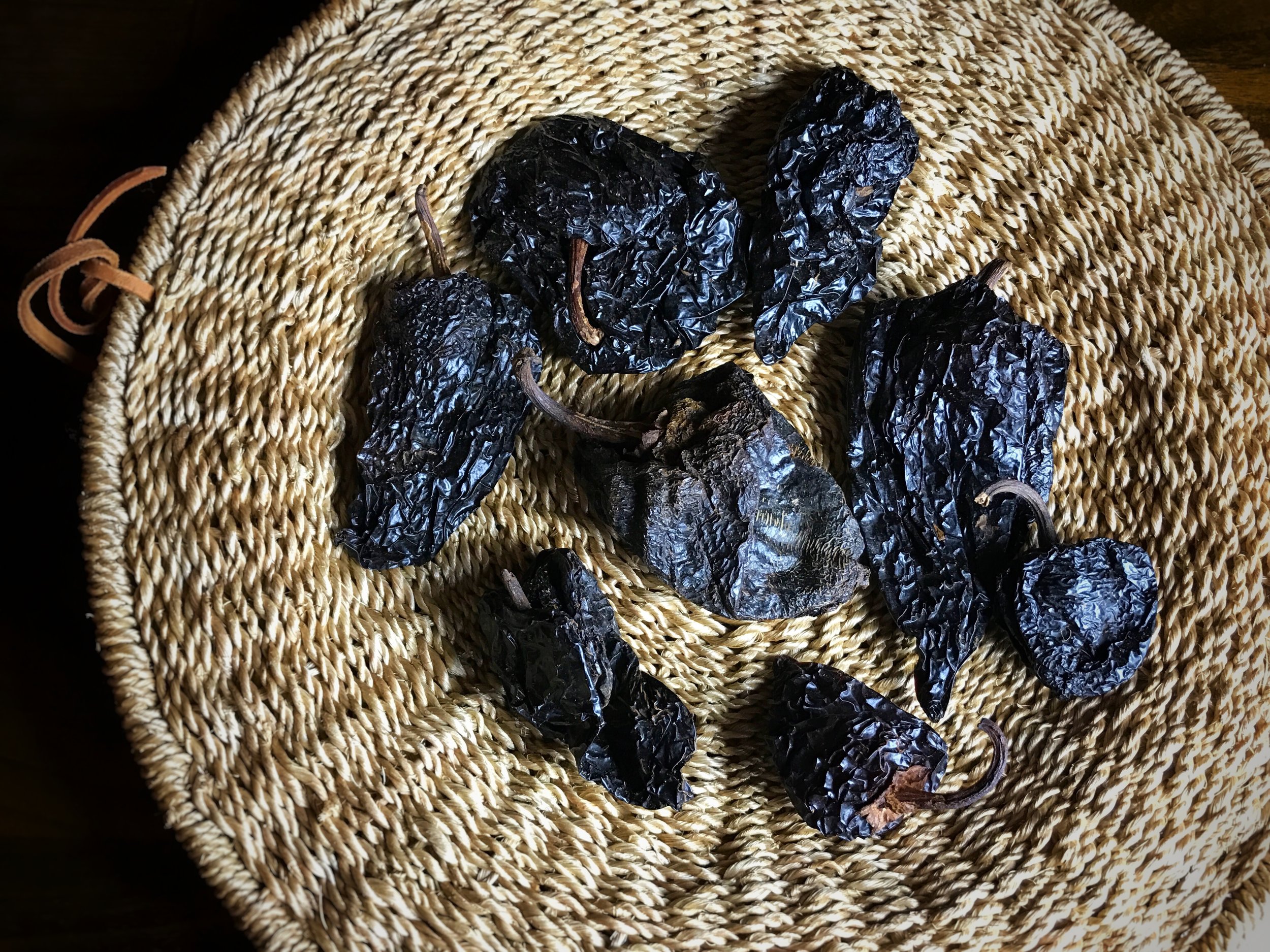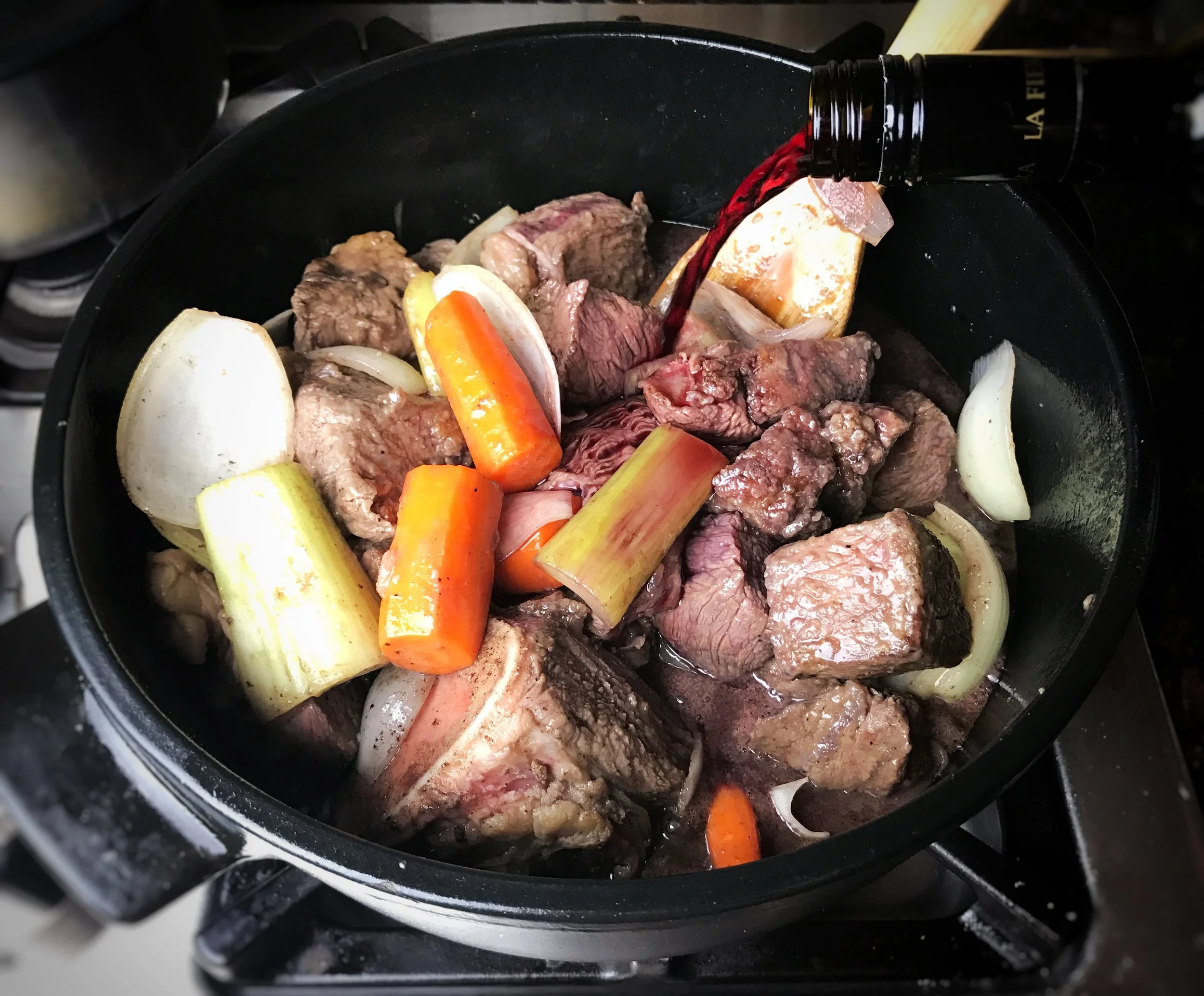A funny thing happened on the way to my okonomiyaki.
You know, okonomiyaki – the Osaka-style seafood pancake that homesick Japanese transplants in America go wild for. It's sort of become a cult thing, maybe because it's crowned with katsuobushi – bonito flakes – which wave mysteriously around, making the thing look as though it's alive.
I'm working on a recipe for okonomiyaki; I promise. You can see a video of my last attempt (it's close! nearly there!) on my Cooks Without Borders Instagram feed. In fact, I'd bought all the ingredients to make it a few days ago – squid, shrimp, scallops and more, thinking I'd nail it that evening.
"Oh, man," said Thierry. "Okonomiyaki again?!" Yeah, yeah, I'd already made it twice in just a couple weeks, but the third time's the charm, right? Recipe development can be a process of trial and error, and this one – which diverges from traditional ones – has proven to be tricky.
But I'm nothing if not flexible, so I did a quick pivot – Japan to Italy. I knew there was a bottle of crisp white wine in the fridge, along with some parsley, and baby arugula. We have a giant rosemary bush out back. A warm seafood antipasto, I was thinking – that would be lovely with an arugula salad. It would be nice to eat light.
I turned to an old favorite cookbook for inspiration: Evan Kleiman's Cucina del Mare: Fish and Seafood Italian Style. Kleinman is a wonderful chef who for many years had a beloved restaurant in Los Angeles called Angeli that delighted Italian food lovers for decades. When I moved to Dallas in 2009 as a then-incognito restaurant critic, a commenter on one of the local food blogs tried to out me by posting my photo online. Ha! The photo wasn't me, it was Evan Kleinman. That cracked me up. Nice try, amici miei.
The recipe I found was for pan-roasted squid, calamari arrosto. Kleiman gave the squid a toss with olive oil, fresh rosemary, garlic, salt and pepper, popped it in the oven, roasted it for 25 minutes, then gave it a squeeze of lemon and a parsley garnish. Nice!
The seafood, tossed with olive oil, rosemary, garlic, cherry tomatoes, salt and pepper, is ready to go into the oven.
I used the same method with the shrimp, squid and scallops, tossing in some halved cherry tomatoes. It worked beautifully. And so easy.
We poured glasses of crisp white wine, and I tossed an arugula salad. We sat down to a perfect, light, simple dinner, which incidentally would also make a lovely lunch.
In spite of its simplicity, the dish's taste is pretty snazzy. I'm always looking for an easy and delicious antipasto to jazz up a pasta dinner, and this certainly fits the bill.
Want the recipe? It's yours.
Serve it with good, crusty bread to sop up the delicious juices.










































































